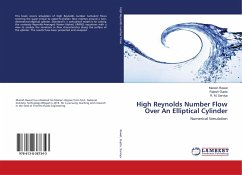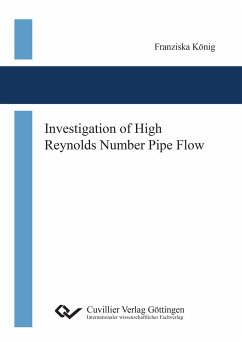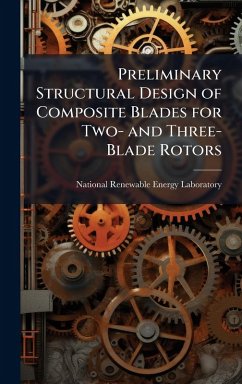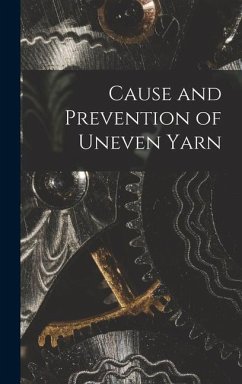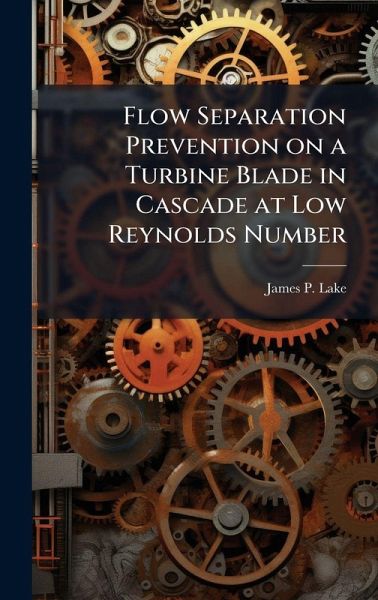
Flow Separation Prevention on a Turbine Blade in Cascade at Low Reynolds Number
Versandkostenfrei!
Versandfertig in über 4 Wochen
31,99 €
inkl. MwSt.
Weitere Ausgaben:

PAYBACK Punkte
16 °P sammeln!
The problem of flow separation from a low pressure turbine blade was investigated. The operating conditions under which the separation occurred were documented through measurement of surface pressure coefficients, boundary layer velocity and turbulence profiles, total pressure loss coefficient and wake velocity momentum deficit. Three different means for reducing the losses associated with the flow separation were also investigated. A boundary layer trip, dimples, and V -grooves were studied as passive means requiring no additional energy to reduce the separation losses. The boundary layer tri...
The problem of flow separation from a low pressure turbine blade was investigated. The operating conditions under which the separation occurred were documented through measurement of surface pressure coefficients, boundary layer velocity and turbulence profiles, total pressure loss coefficient and wake velocity momentum deficit. Three different means for reducing the losses associated with the flow separation were also investigated. A boundary layer trip, dimples, and V -grooves were studied as passive means requiring no additional energy to reduce the separation losses. The boundary layer trip was only successful for an inlet and axial chord Reynolds number of 50k with a reduction in loss coefficient of 58.2%. Three sets of dimples were tested with the placement of each at axial chord locations of 50%, 55%, and 65%. This work has been selected by scholars as being culturally important, and is part of the knowledge base of civilization as we know it. This work was reproduced from the original artifact, and remains as true to the original work as possible. Therefore, you will see the original copyright references, library stamps (as most of these works have been housed in our most important libraries around the world), and other notations in the work. This work is in the public domain in the United States of America, and possibly other nations. Within the United States, you may freely copy and distribute this work, as no entity (individual or corporate) has a copyright on the body of the work. As a reproduction of a historical artifact, this work may contain missing or blurred pages, poor pictures, errant marks, etc. Scholars believe, and we concur, that this work is important enough to be preserved, reproduced, and made generally available to the public. We appreciate your support of the preservation process, and thank you for being an important part of keeping this knowledge alive and relevant.




